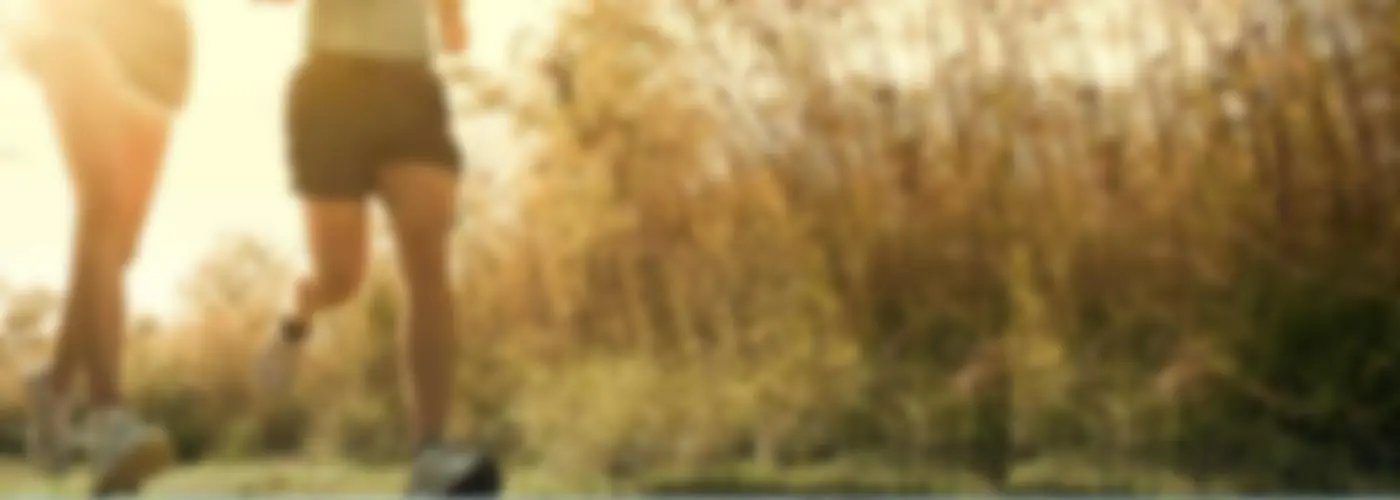So is the movement dead? Wil Cramer, the general manager and footwear buyer for the Brooklyn Running Company, a running specialty store in New York City, doesn't think so.
He argues the movement has transformed.
"Interest and conversation surrounding barefoot (and) minimal footwear is still very much alive, but the context has shifted," he explains.
"What we've seen is that many of these 'maximal' styles actually incorporate design features popularized by minimal footwear."
Rather than viewing barefoot running as the ultimate answer to upper leg injuries, many runners now realize it works best as a small part of a broader training plan. Limited barefoot running can strengthen the feet and improve balance, but should be added gradually.
"One undeniably positive result of the minimal movement is that it has made runners much more aware of the need to incorporate strength and flexibility work into their training routines," he says.
The minimal movement has also had a lasting effect on shoe manufacturers. Product lines have evolved in recent years with a nod to the barefoot-loving crowd.
"Maximally-cushioned footwear has definitely become more common over the last few years, but what we've seen is that many of these 'maximal' styles actually incorporate design features popularized by minimal footwear," such as wider toe boxes and lower heel-to-forefoot drops, Cramer says.
Brands like Hoka One One and Altra have become especially popular for combining barefoot shoe features with plush cushioning.
- 2
- of
- 3
Get ACTIVE on the Go


Couch to 5K®
The best way to get new runners off the couch and across the finish line of their first 5K.
Available for iOS | Android






Discuss This Article